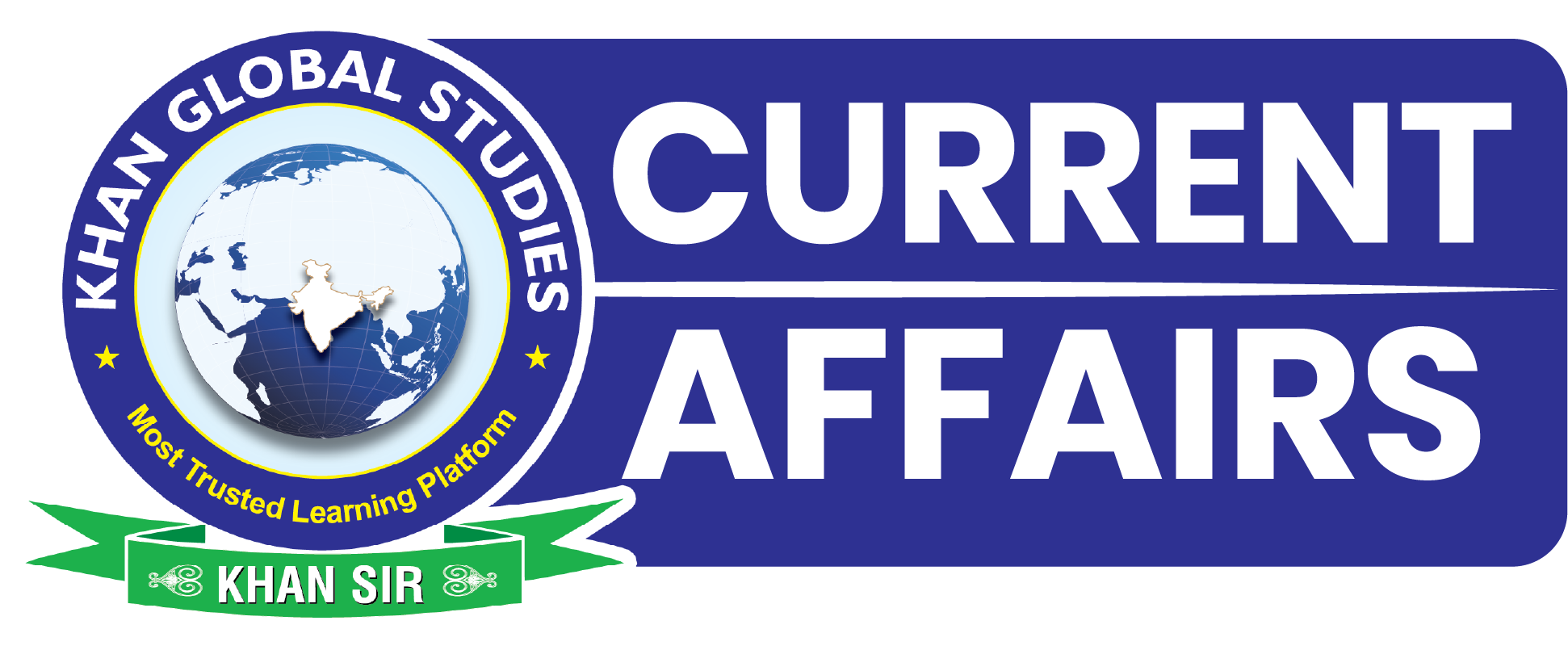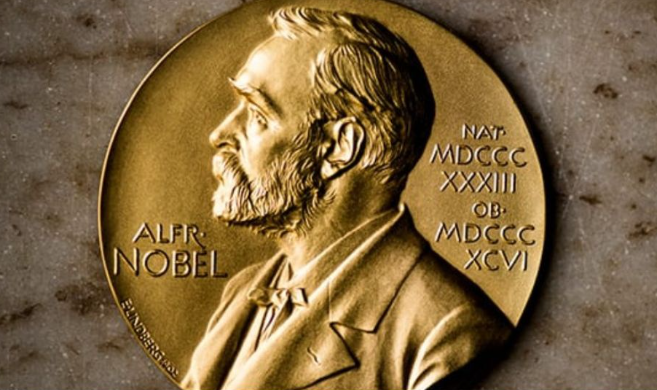Syllabus:
GS-3: Science and Technology- developments and their applications and effects in everyday life
GS-3: Awareness in the fields of IT, Space, Computers, robotics, nano-technology, bio-technology and issues relating to intellectual property rights
Context:
The 2025 Nobel Prize in Physics was awarded jointly to John Clarke, Michel H. Devoret, and John M. Martinis for their pioneering experiments demonstrating macroscopic quantum mechanical tunnelling and energy quantisation in electrical circuits.
More on the news:
- Previously, Quantum tunnelling effects were observed only in microscopic particles like electrons or photons.
- Clarke, Devoret, and Martinis showed that this bizarre quantum effect can also occur in large-scale systems visible to the naked eye. The laureates constructed an experiment using a superconducting electrical circuit.
- Their experimental setup involved superconducting circuits (materials with no electrical resistance) separated by a thin insulating barrier called a Josephson junction.
- Groups of electrons in these circuits acted collectively as a single quantum particle.
- This ‘macroscopic quantum particle’ could tunnel through the barrier, switching the system between distinct energy states.
- Previously, tunnelling and energy quantisation had been studied in systems containing just a few particles.
- However, in this experiment, these phenomena appeared in a quantum mechanical system with billions of Cooper pairs filling the entire superconductor on the chip.
- In this way, the experiment took quantum mechanical effects from a microscopic scale to a macroscopic one.
- Their work has provided opportunities for developing the next generation of quantum technology, including quantum cryptography, quantum computers, and quantum sensors.
Quantum Tunnelling
- Quantum tunnelling is a fascinating quantum phenomenon where particles can pass through barriers even if they don’t possess enough energy to cross the same.
- When throwing a ball at a wall classically, it bounces back. However, at the quantum scale, a particle can ‘tunnel’ through the wall and emerge on the other side without breaking it.
Energy Quantization
- Energy quantization is the principle that energy exists and can be emitted or absorbed in discrete, individual units called “quanta,” rather than a continuous flow.
- This concept, fundamental to quantum mechanics, states that systems such as atoms can possess only discrete, quantized energy levels, and any change in energy occurs through transitions between these levels in specific energy quanta.
Josephson junction
- The fundamental unit of the award-winning experiments the trio conducted is a device called a Josephson junction.
- Here, two superconductors are separated by a very thin insulator.
Key Applications
- Quantum mimicry through Josephson junctions: Circuits containing Josephson junctions can replicate the quantised energy levels of atoms, enabling controlled transitions between these levels using microwaves.
- Circuit quantum electrodynamics (cQED): By coupling such circuits to a resonator, scientists can measure quantum states indirectly without disturbing them — forming the basis of modern superconducting quantum processors.
- Technological versatility: Superconducting circuits exploiting macroscopic quantum effects are key to technologies like quantum amplifiers, high-precision measurements, microwave-to-optical conversion, and quantum simulators for modelling materials or chemical reactions.
- High sensitivity as an advantage: These circuits exhibit large, measurable responses to tiny external influences. What was once a limitation becoming a powerful feature, enabling breakthroughs in quantum computing and measurement technologies.
Sources:
Nobel Prize
The Hindu
Returns

